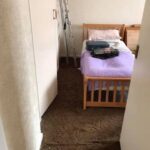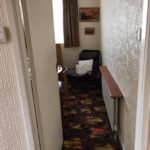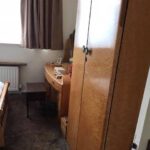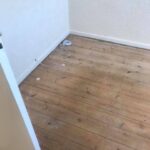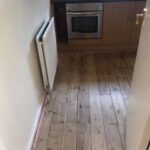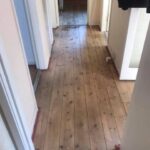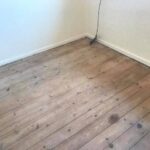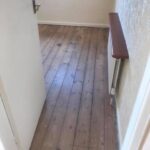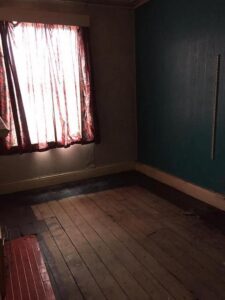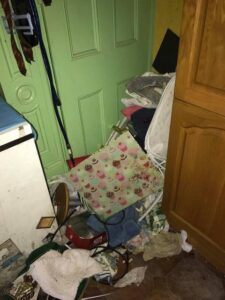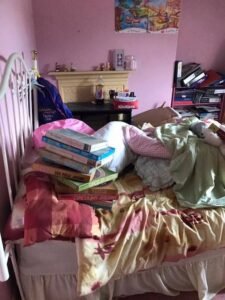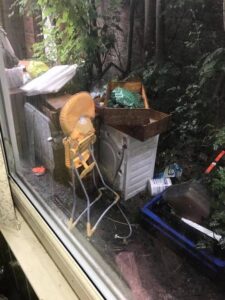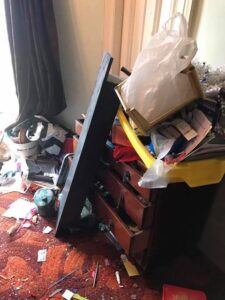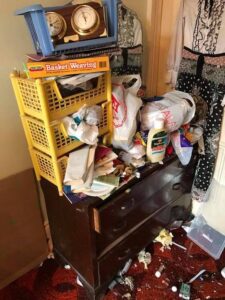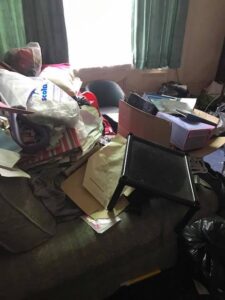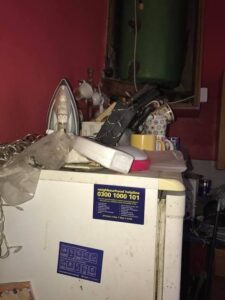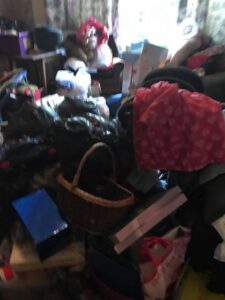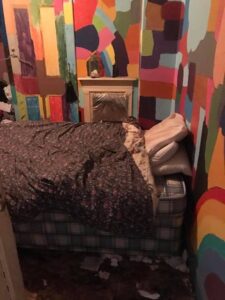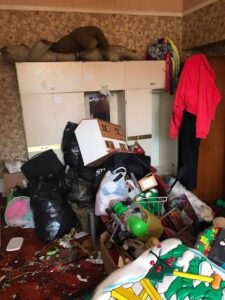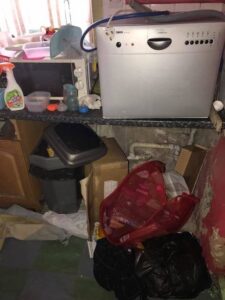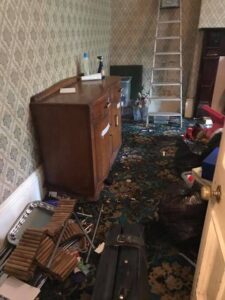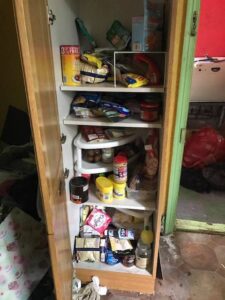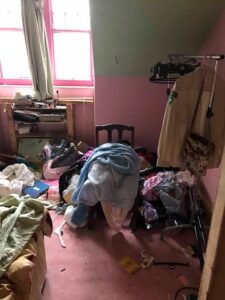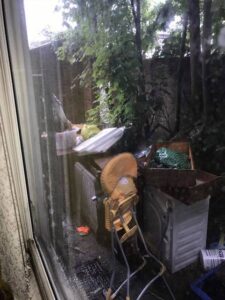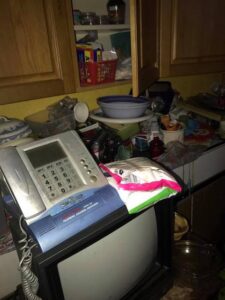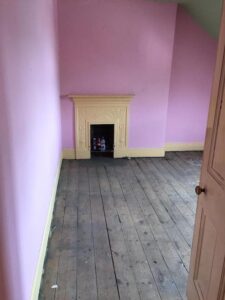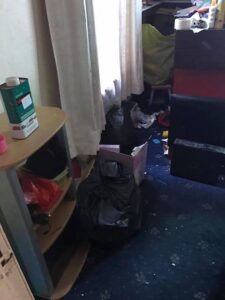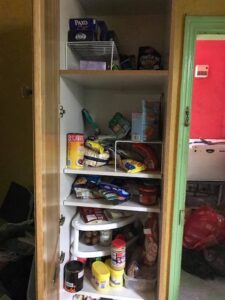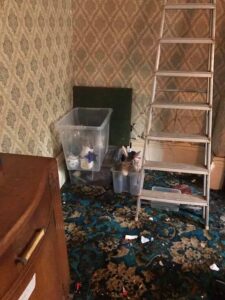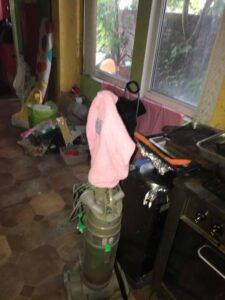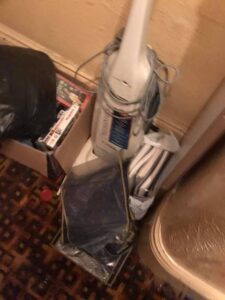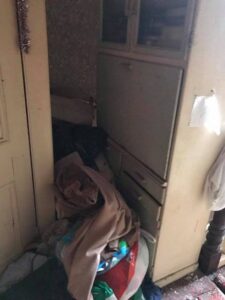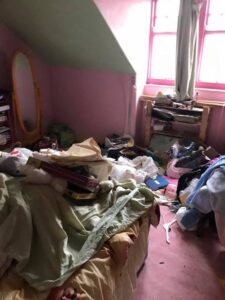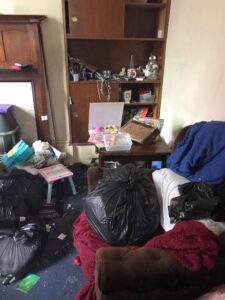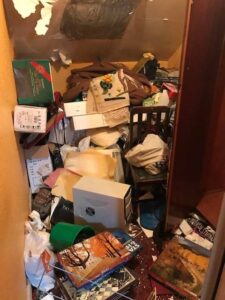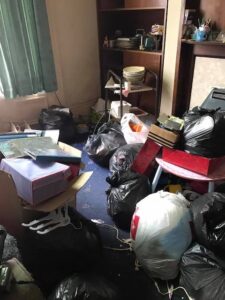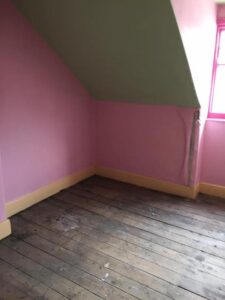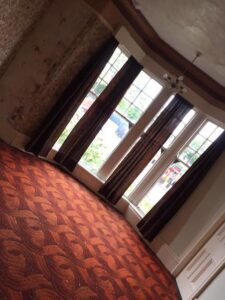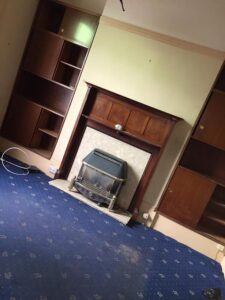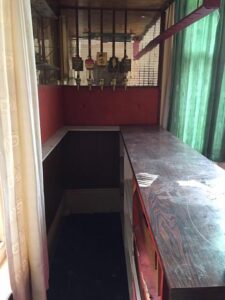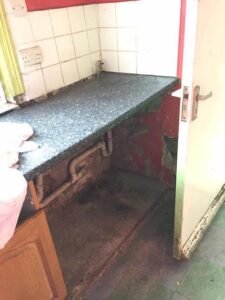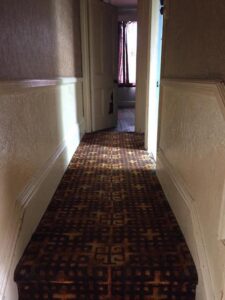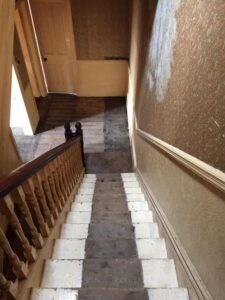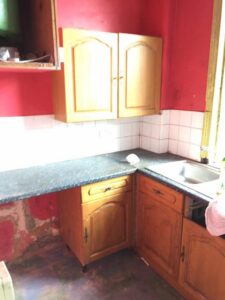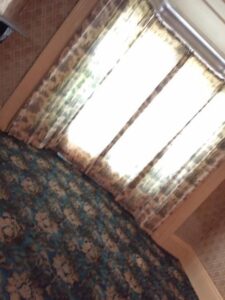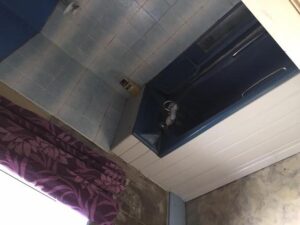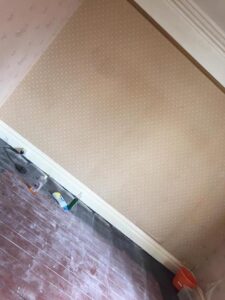Before & After Photographs
Here are a few case studies of recent house clearances we have undertaken.
House Clearance Morpeth – Case Study
Client Overview
The client was managing the estate of a recently deceased relative and needed a comprehensive clearance and cleaning of a three-bedroom house located in Morpeth, Northumberland. The aim was to prepare the property for sale, ensuring that it was both empty and impeccably clean.
Objective
To perform a complete clearance of the house, removing all furniture, personal items, and waste, followed by a thorough deep cleaning. The client also requested that any usable items be donated to local charities to support the community and minimise waste.
House Clearance
The clearance was scheduled and completed within two days. Our team systematically worked through each room, separating items into categories: for disposal, for recycling, and for donation. Key pieces of furniture, books, clothing, and kitchenware in good condition were set aside for charity.
Charity Coordination
We collaborated with local charities in Morpeth, including thrift stores and shelters, arranging for the drop off and donation of items. This not only helped the community but also ensured that the majority of the contents were reused or recycled, adhering to our environmental responsibility.
Deep Cleaning
Following the clearance, our team conducted a deep clean of the entire house on the same day, which scrubbing floors, washing windows, and cleaning woodwork etc. Special attention was given to bathrooms and the kitchen, areas that typically require more intensive cleaning.
Outcome
The house was cleared and cleaned within the scheduled time frame, with over 75% of the household items donated to various charities. The property was transformed from a lived-in space to one that was completely clean and ready for estate agent viewings.
This case study exemplifies our commitment to providing comprehensive house clearance services that go beyond simply emptying a property, incorporating thoughtful disposal and rigorous cleaning to meet and exceed our clients’ expectations.
Hoarded House Clearance Gosforth – Case Study
Client Overview
Following a bereavement, the client needed a complete clearance of a five-bedroom, three-floor townhouse in Gosforth, which had become hoarded and was partially verminous. The client also requested the clearance of a small garden associated with the property.
Objective
To thoroughly clear the hoarded property, manage vermin issues, ensure the safe recovery of valuables, and responsibly dispose of the contents through commercial recycling. The client was unable to be present due to personal reasons, necessitating remote coordination and communication.
Process:
1. Initial Coordination and Key Collection
Our team coordinated with the client’s solicitor to collect the keys, allowing us to access the property. This step ensured that the clearance process could proceed smoothly without the client’s physical presence.
2. Assessment and Planning
Given the complexity of the task, our team initially assessed the entire property, including the garden, to plan the clearance strategy. This assessment helped identify areas with potential valuables and the extent of vermin infestation, guiding the deployment of appropriate resources.
3. Clearance Execution
Over the course of three days, our team worked diligently to clear the house and garden. Given the hoarded condition and partial verminous state, specialized cleaning and waste removal techniques were employed to handle biohazardous materials safely and efficiently.
4. Recovery of Valuables
During the clearance, our team found several items of considerable sentimental and monetary value, including jewelry, family photographs, and important documents. These items were photographed for our client, and placed In the care of their solicitor with the safe return of the keys.
5. Commercial Recycling
The majority of the house’s contents were not suitable for donation due to their condition; hence, they were taken to a commercial recycling facility. This approach was essential for managing the large volume of material and adhering to environmental standards.
6.Communication
To keep the client informed and involved in the process, we took detailed photographs of the cleared property, the condition of the house before and after the job, and the valuables that were recovered. These photographs, along with updates, were regularly sent to the client, ensuring transparency and peace of mind.
7. Key Return
Upon completion of the clearance, the keys were returned to the solicitor, along with the valuables recovered.
Outcome
The extensive clearance was successfully completed within three days, transforming a severely hoarded and partially verminous property into a clean, safe, and empty space ready for its next steps. The recovery and safe handling of valuables were particularly valued by the client, who expressed gratitude for the sensitivity and thoroughness of the work.
Client Feedback
The client was highly satisfied with the results and the professional management of such a challenging clearance. The frequent updates and photographs provided reassurance and a sense of involvement in the process despite their absence. The careful return of keys and personal valuables were highlighted as aspects of the service that exceeded their expectations.
Conclusion
This case study illustrates the complexity and responsibility involved in clearing heavily hoarded properties, especially under sensitive circumstances such as bereavement. Our approach emphasizes thorough planning, respectful handling of belongings, and meticulous execution, ensuring client satisfaction and adherence to environmental responsibilities.




